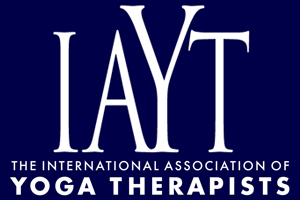Neurophysiology of Yoga Meditation
Recent neuroimaging studies of brain function have led to an explosion of knowledge about psychological processes and states. In this paper functional brain imaging studies of Yoga meditation are reviewed. Tantra-based meditations activate frontal and occipital cortical regions involved in focused, sustained attention and visual imagery. The overall pattern of brain activation in Tantra-based meditations is similar to that of self-hypnosis but different from that of sleep onset. Pure consciousness, the ultimate aim of Vedanta-based meditation, also activates frontal cortical areas regulating focused attention but deactivates sensory areas involved in imagery. Functional brain imaging studies thus support the distinction between meditation with conceptual support and pure-consciousness meditation without conceptual support, a distinction that appears throughout Yoga meditation texts. Brain imaging investigations also explain how Yoga therapy may be helpful to those with anxiety disorders by reducing activity in brain regions linked to the processing of negative emotions.
